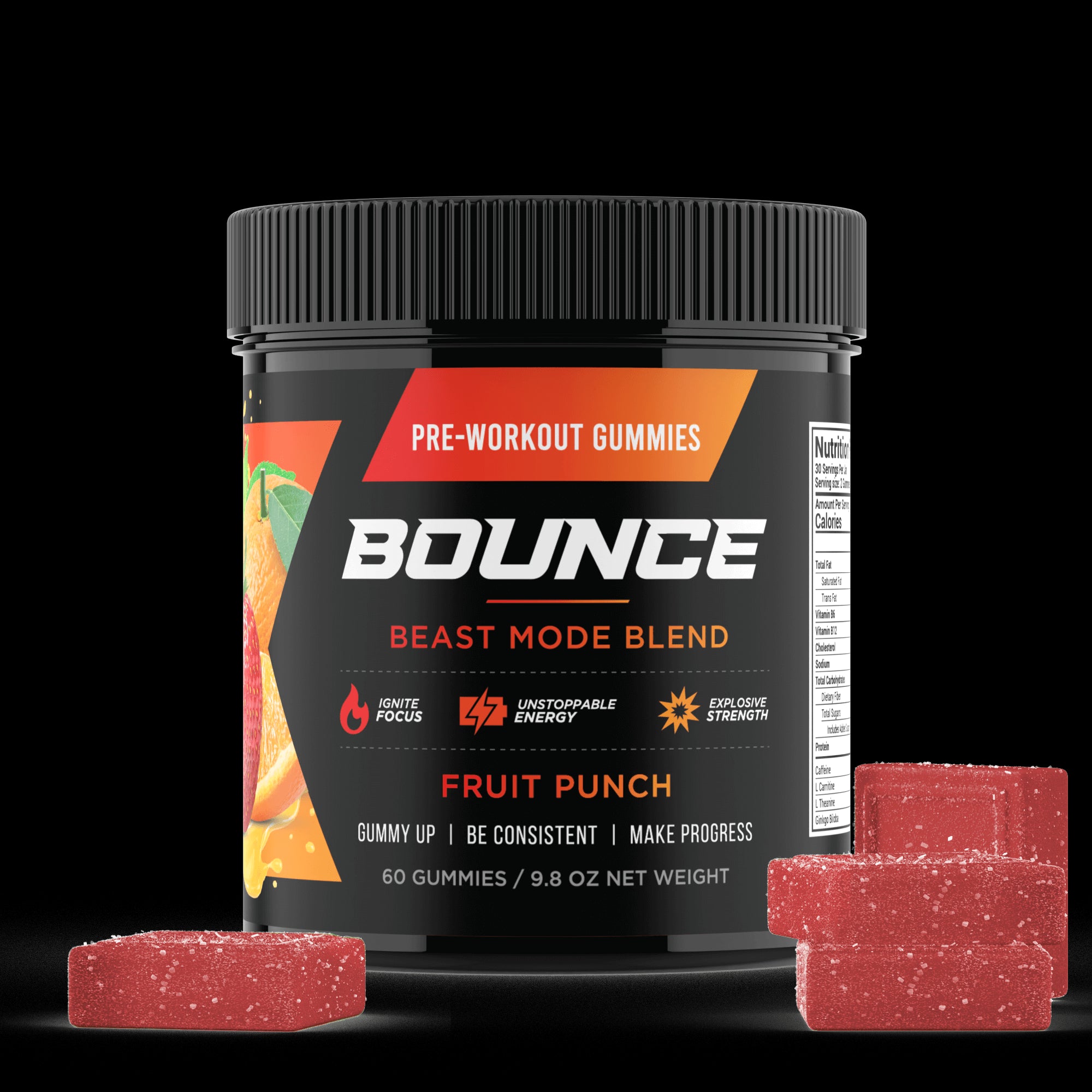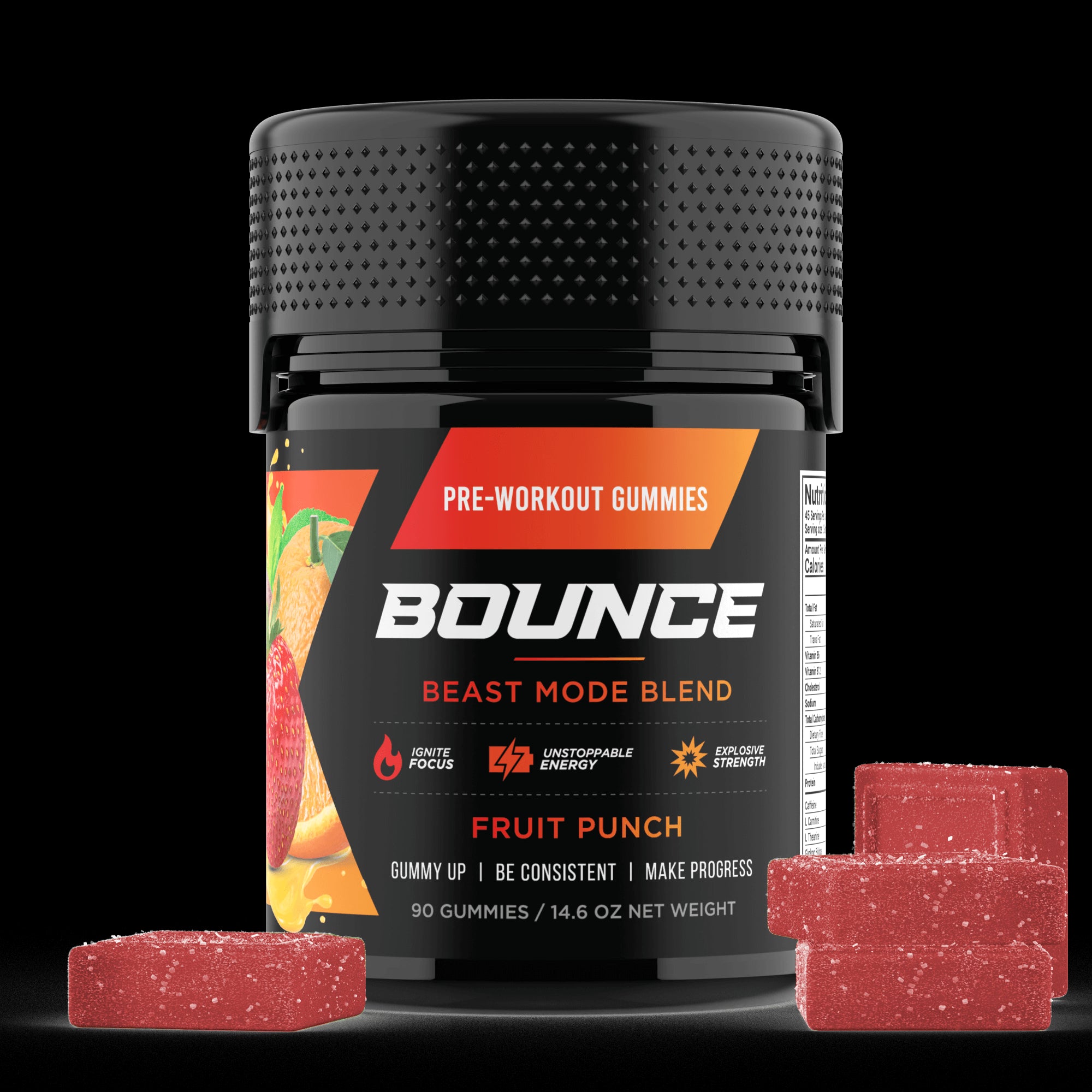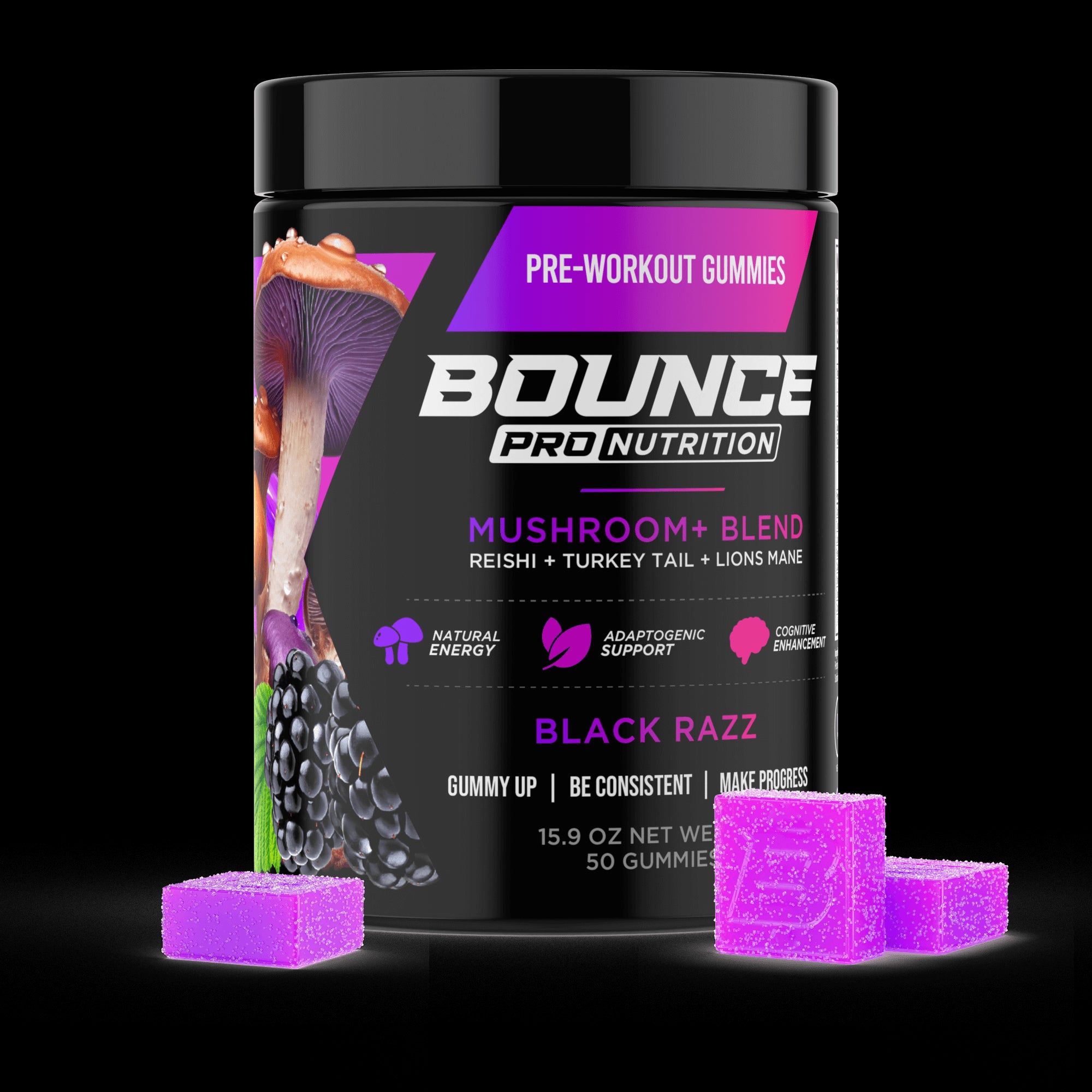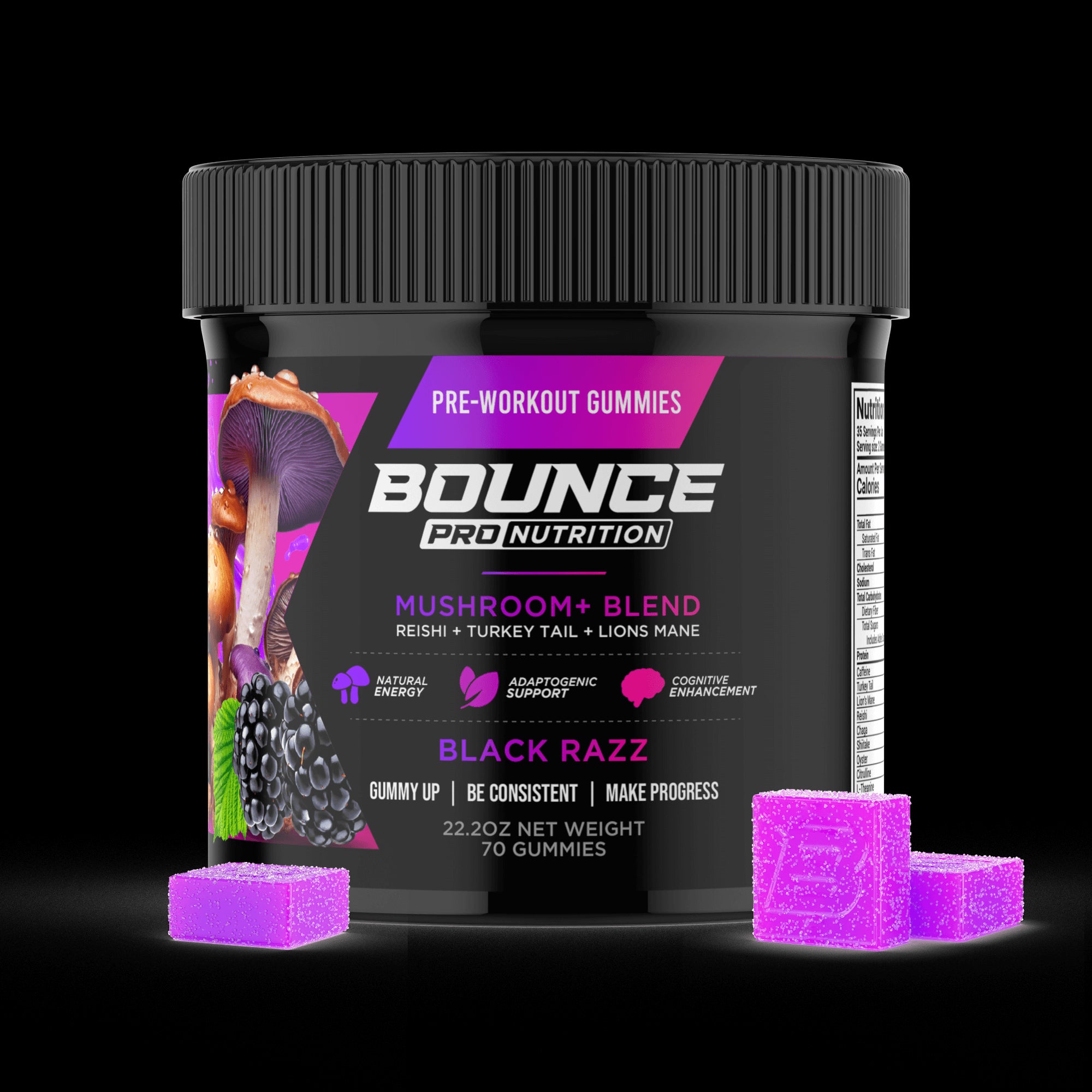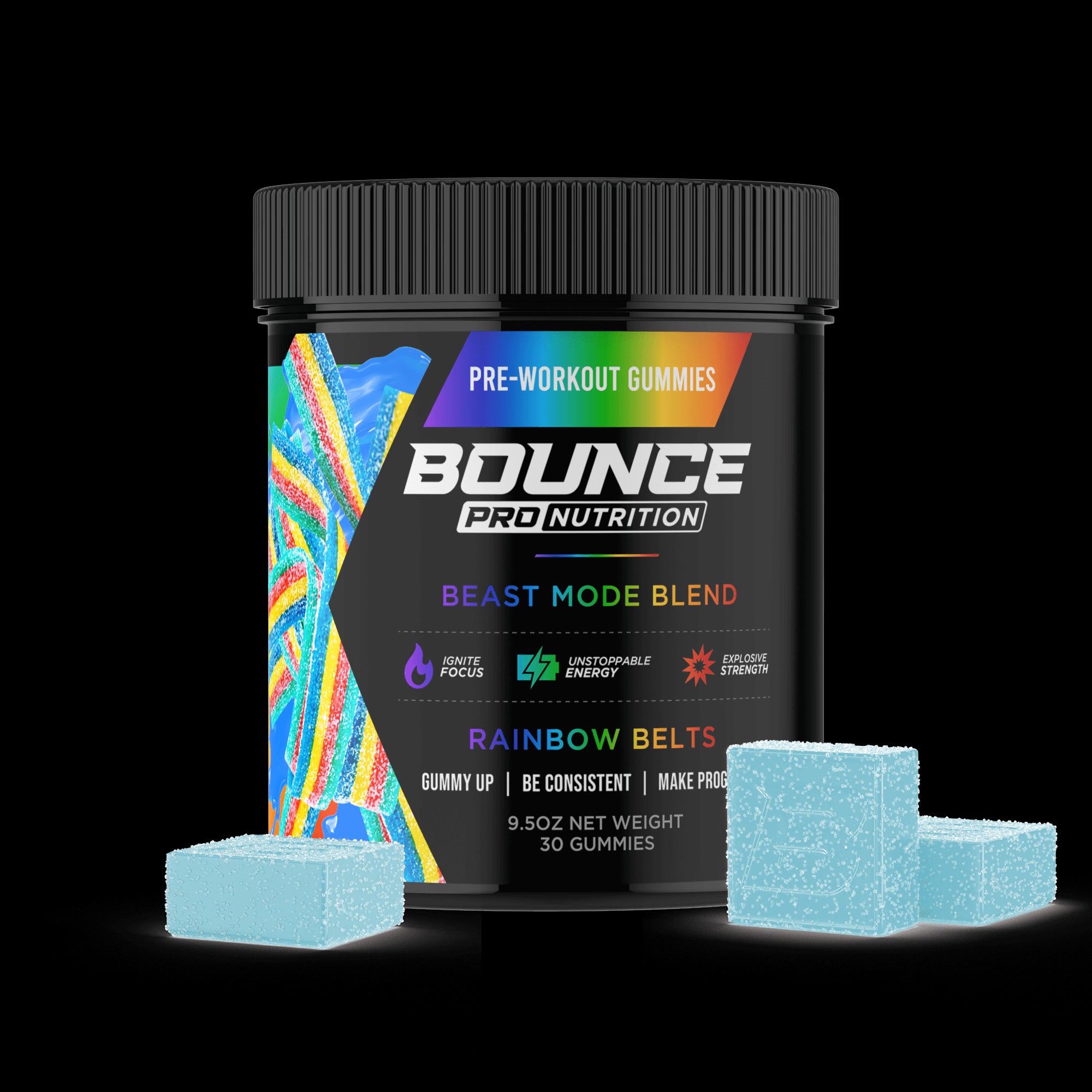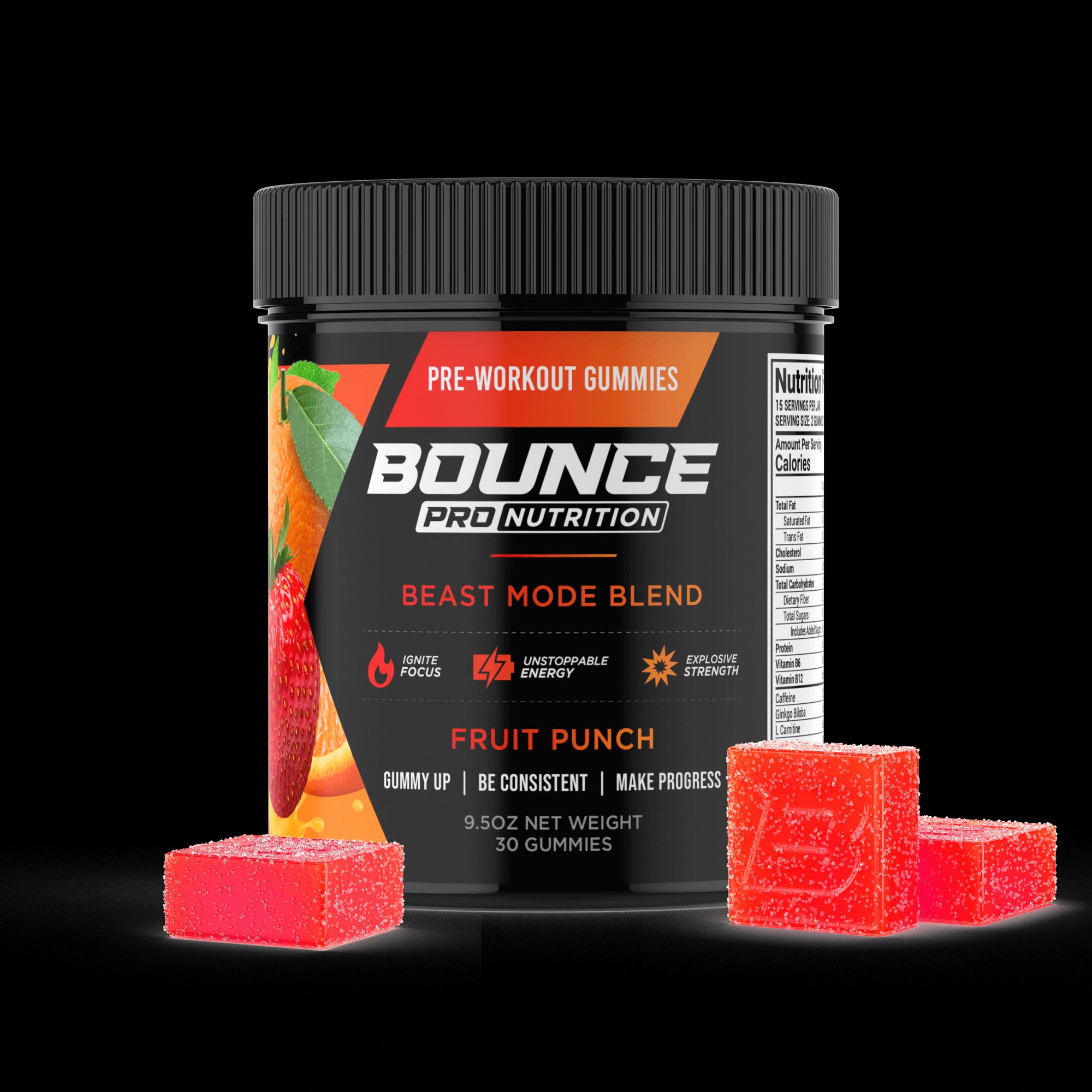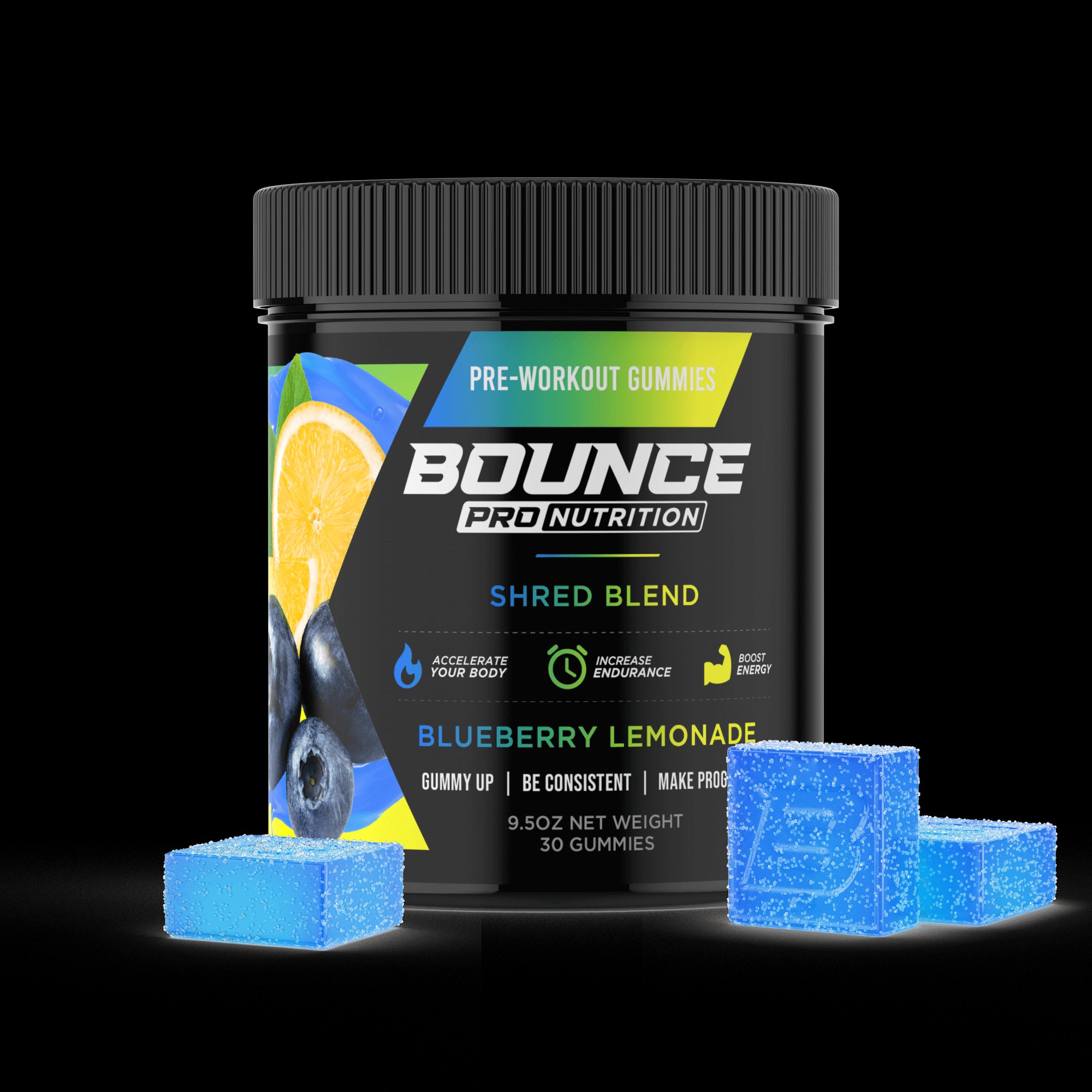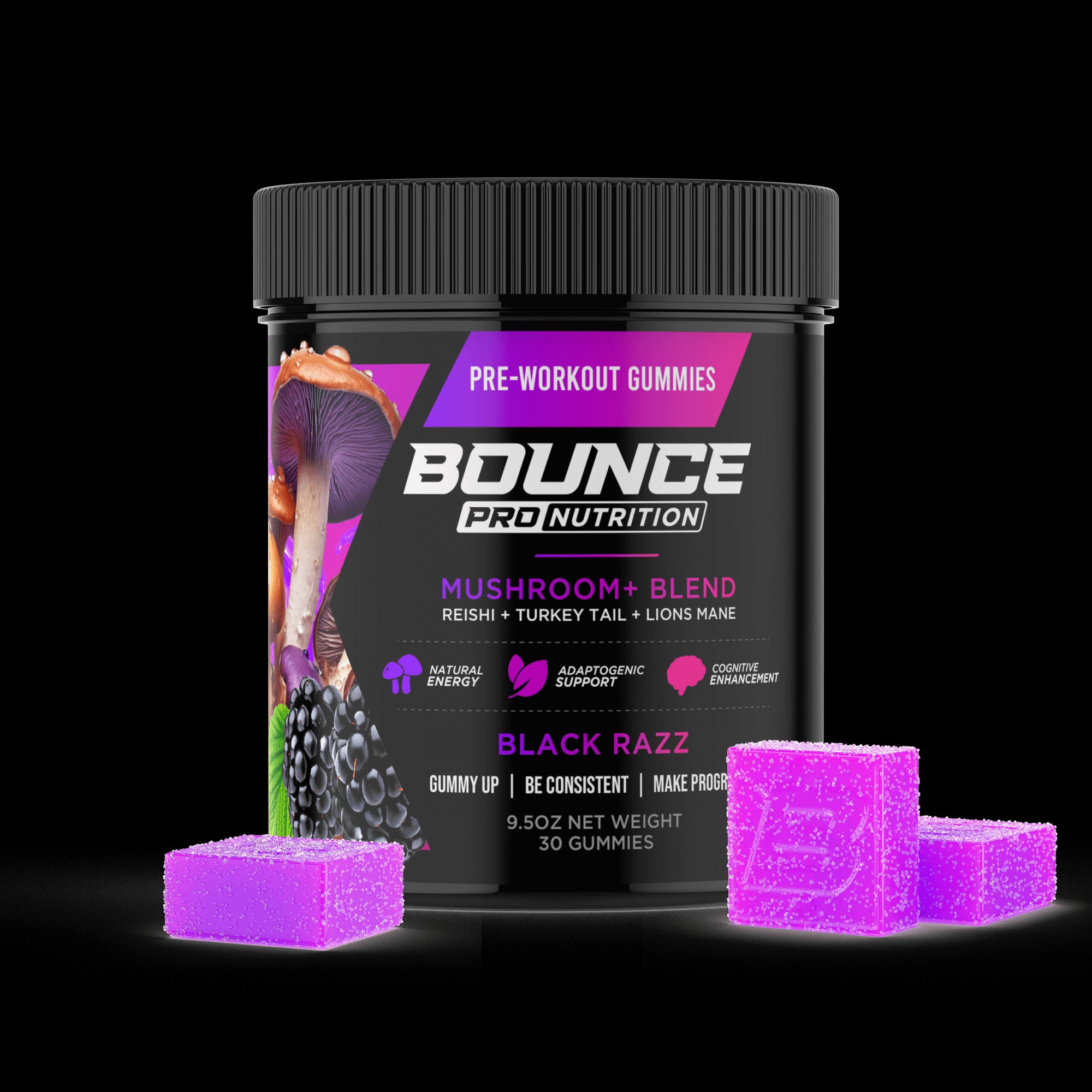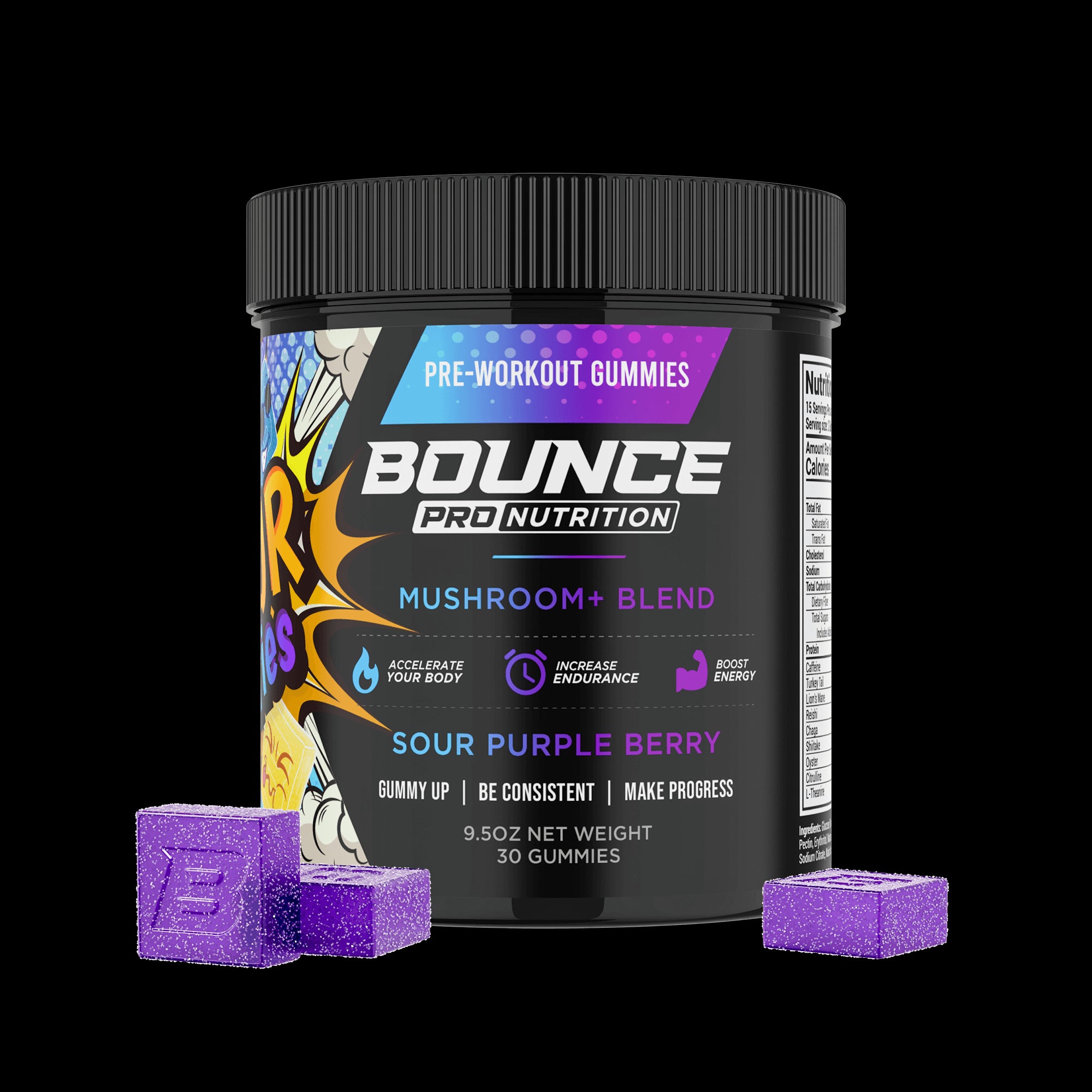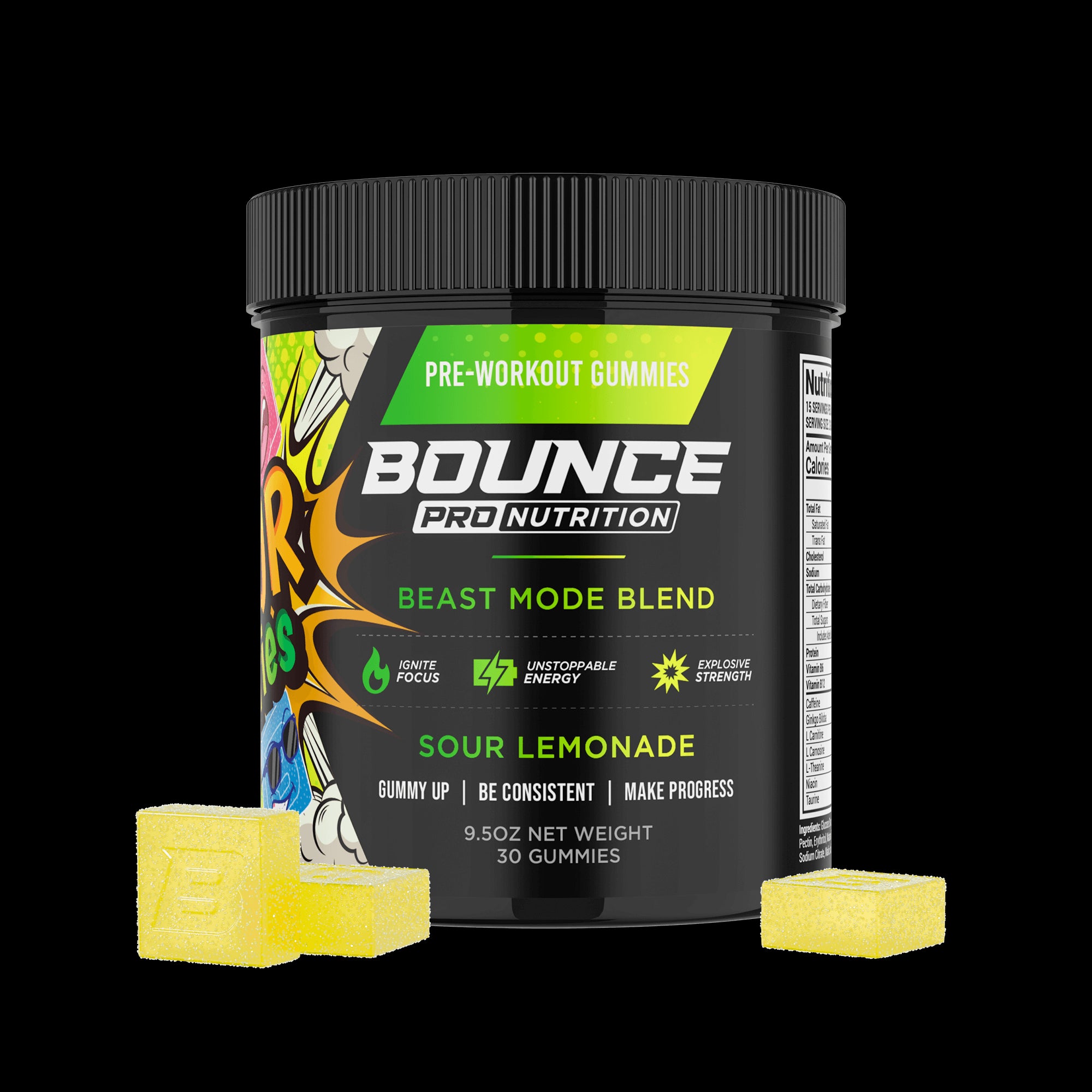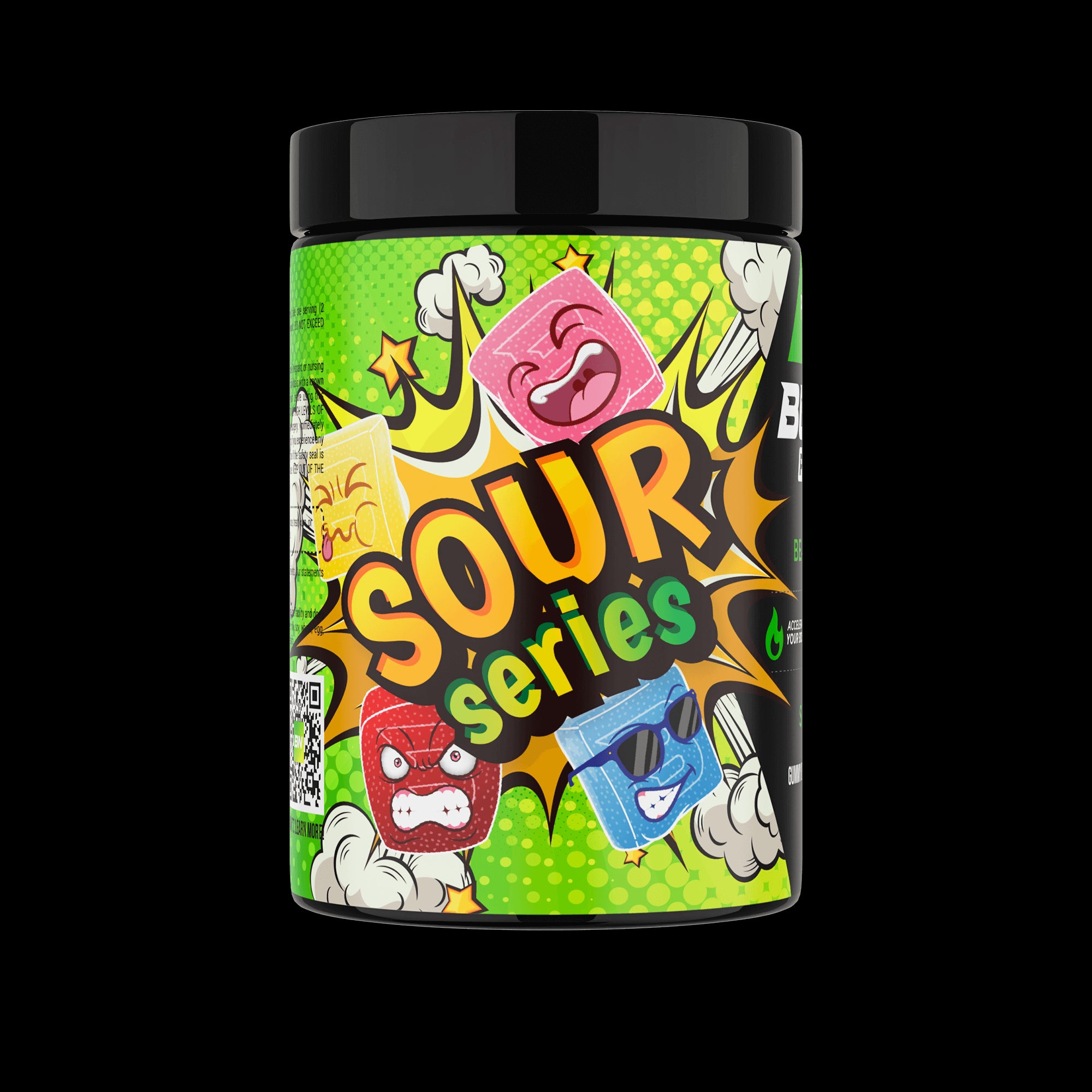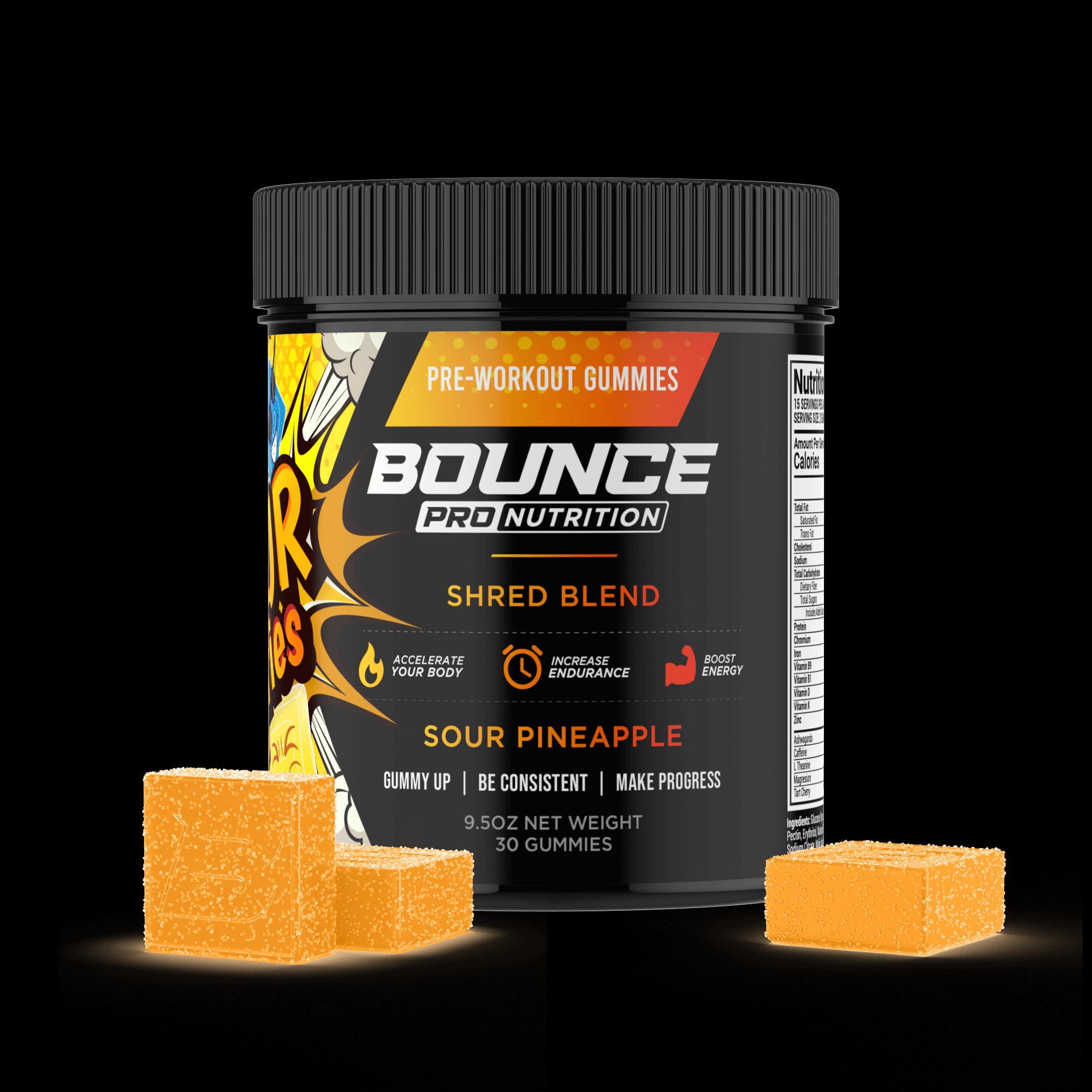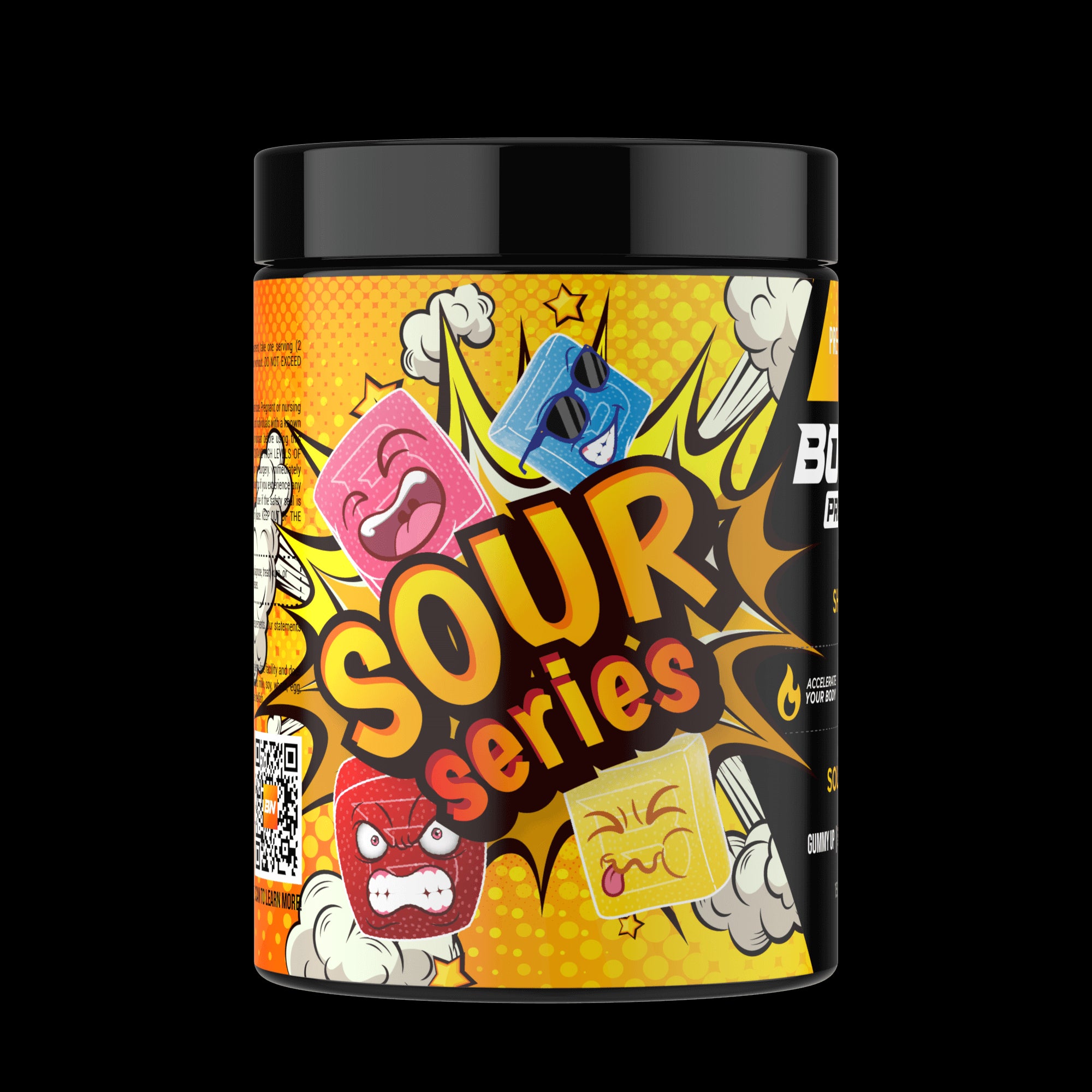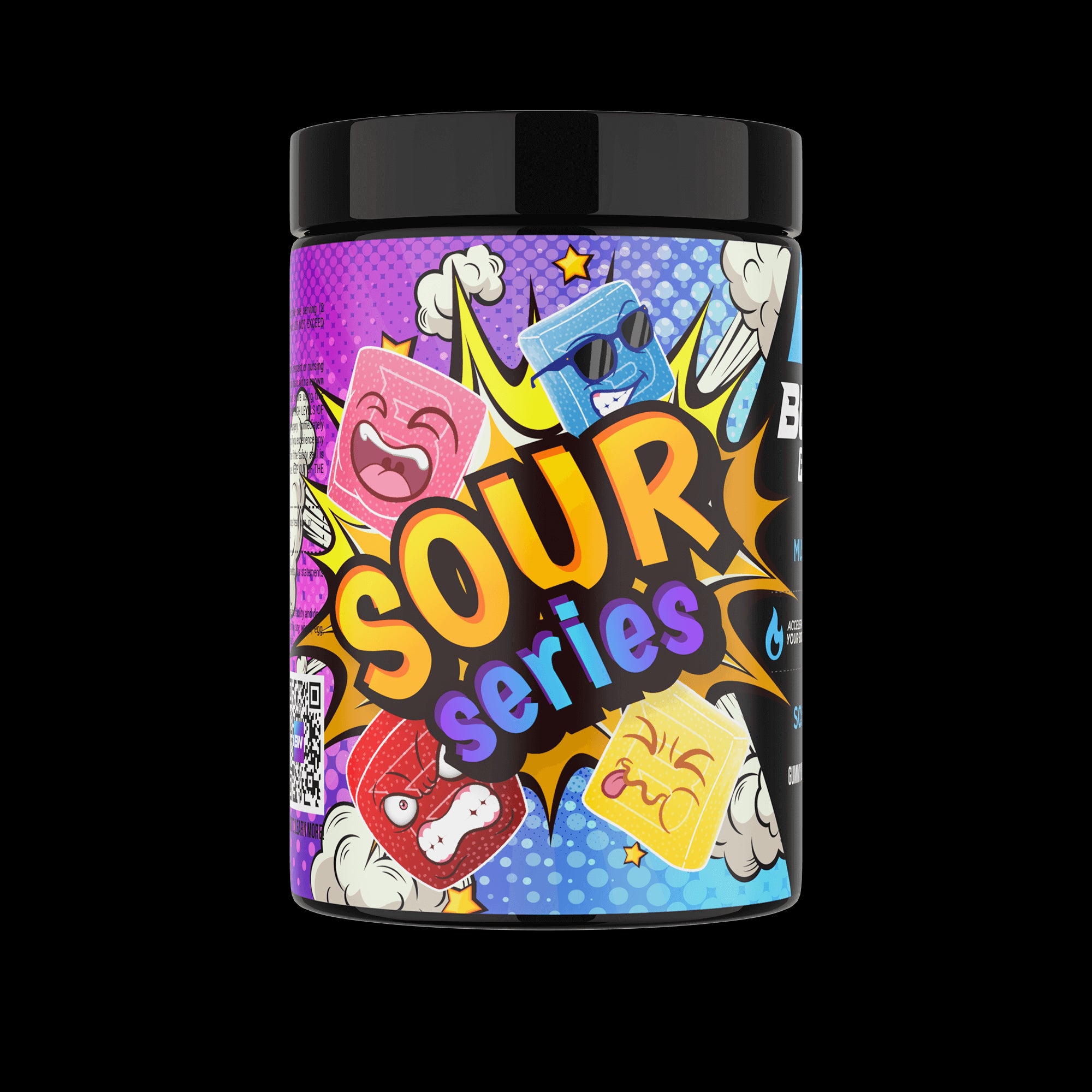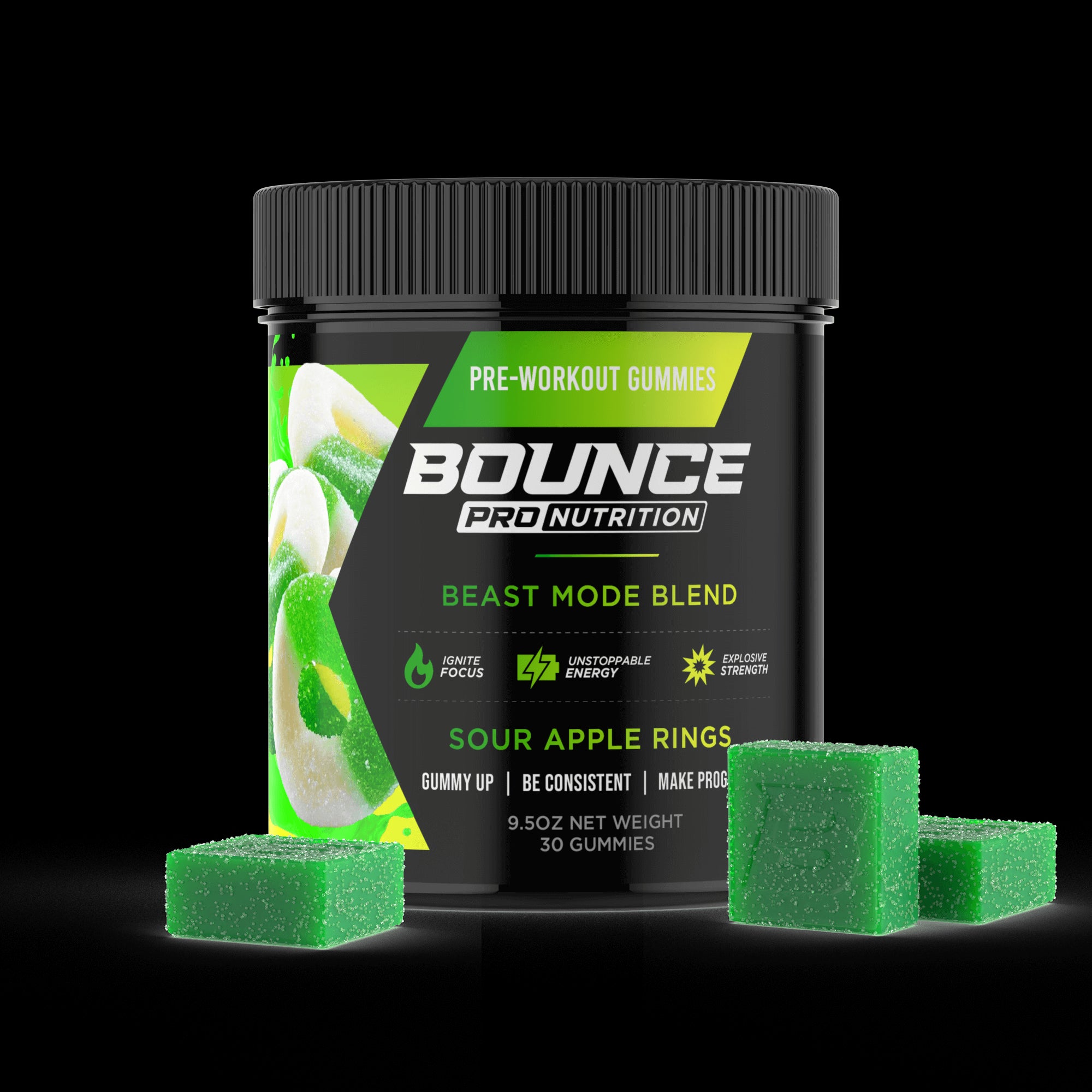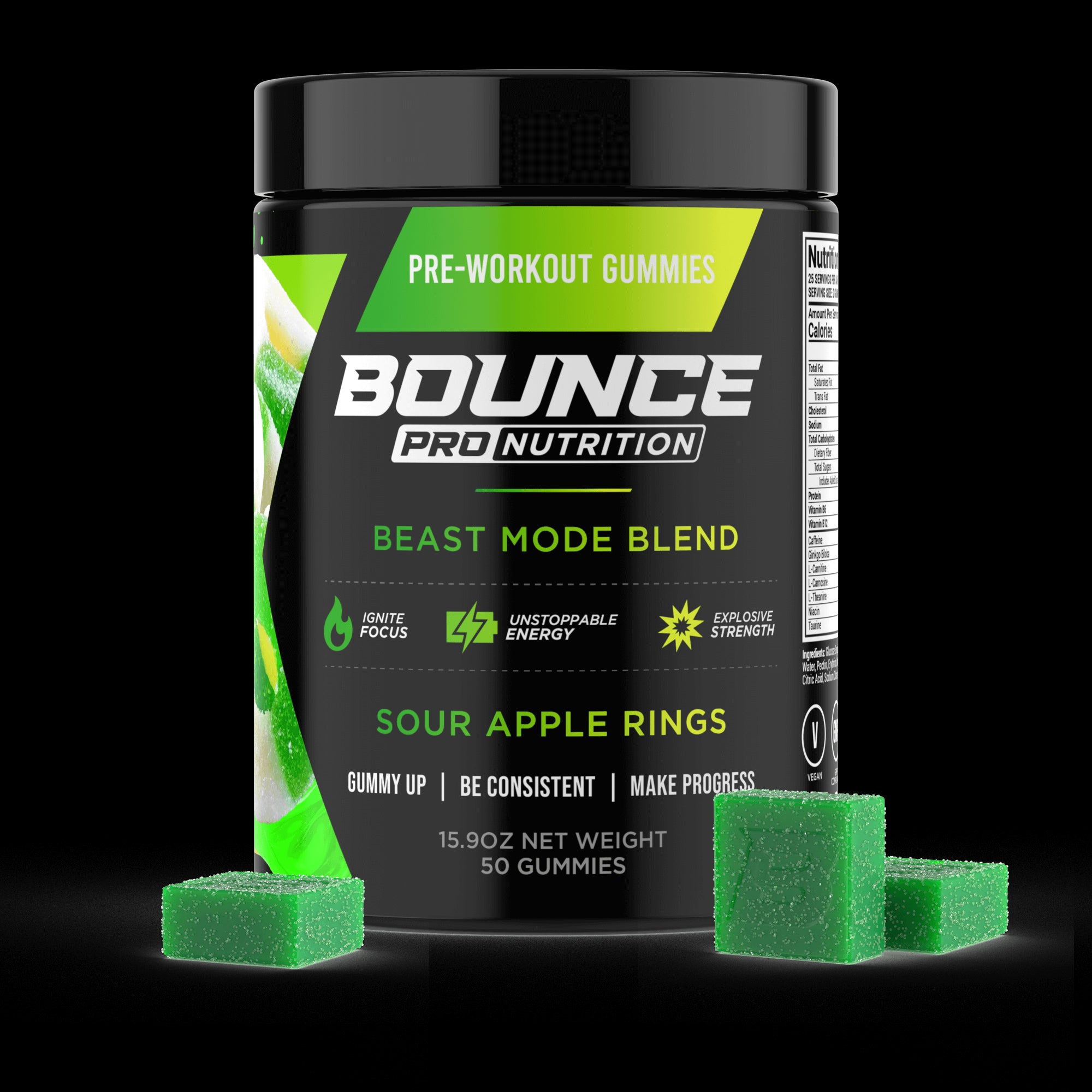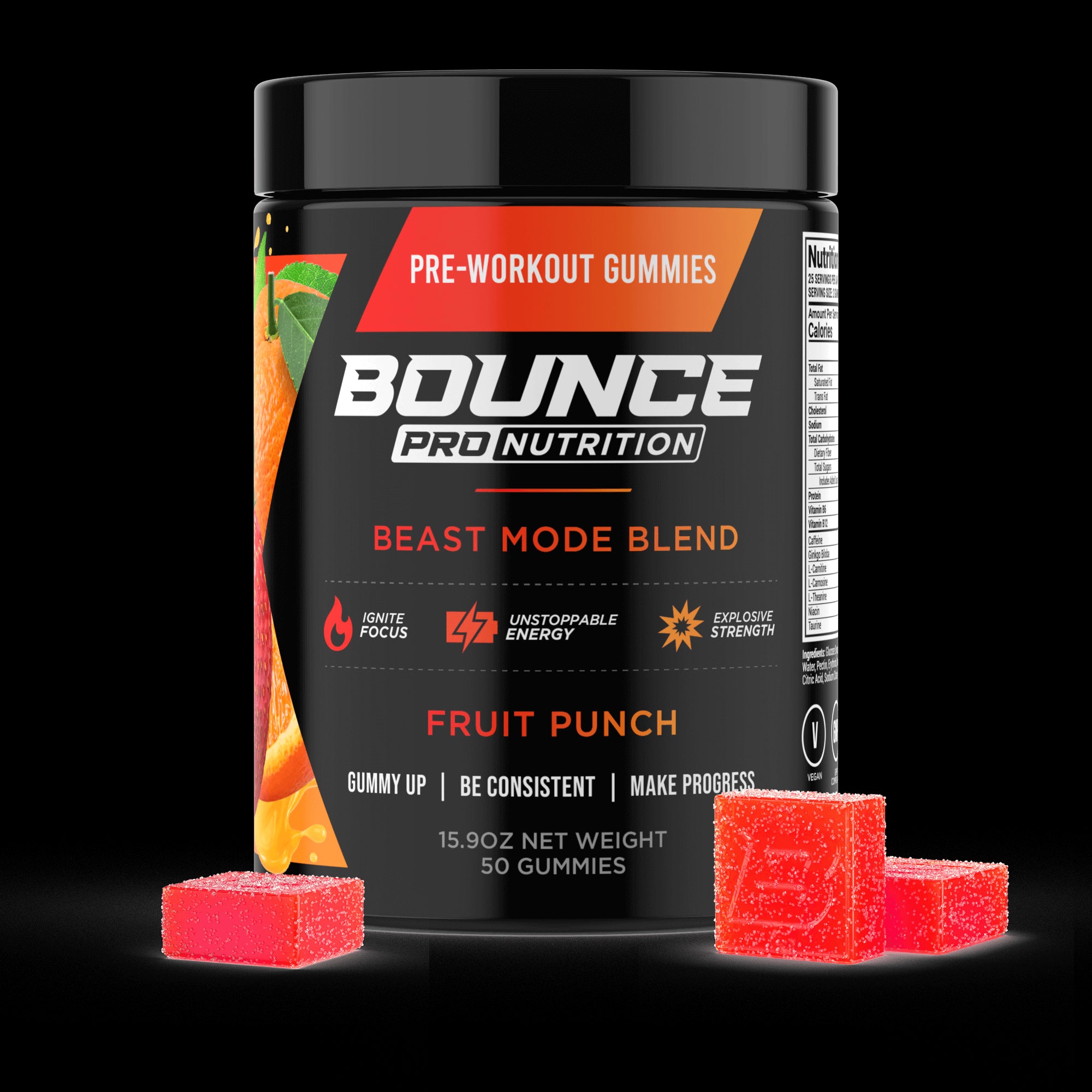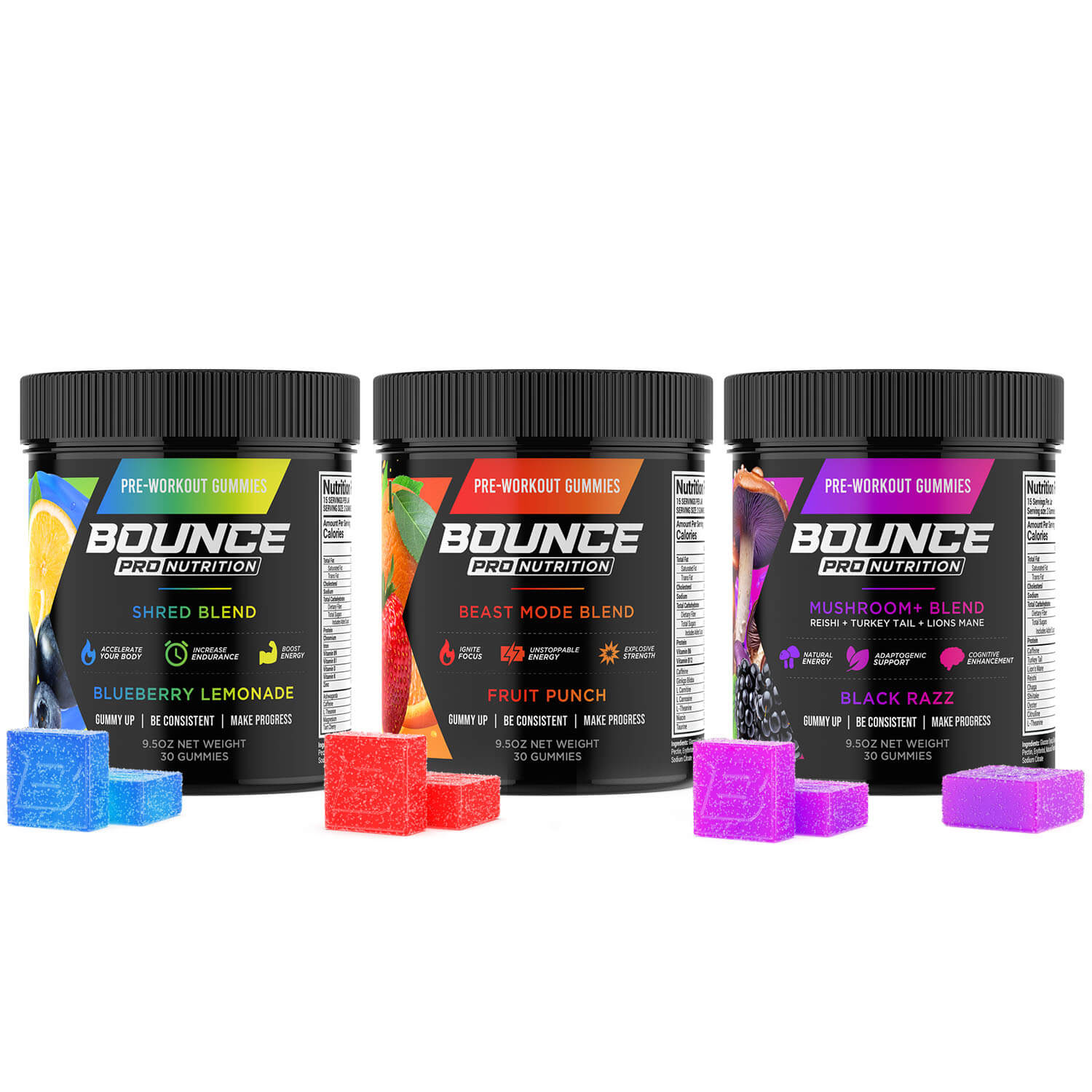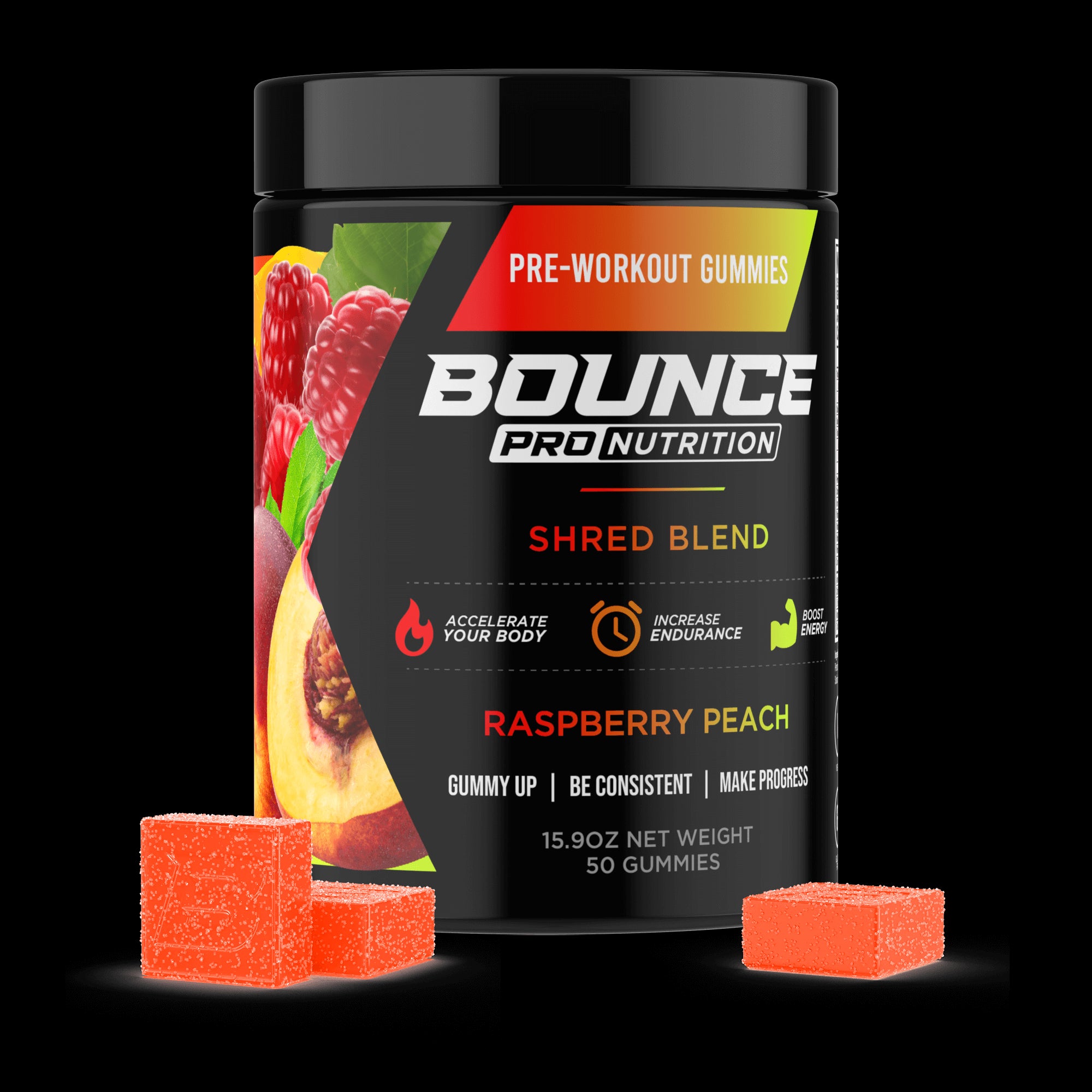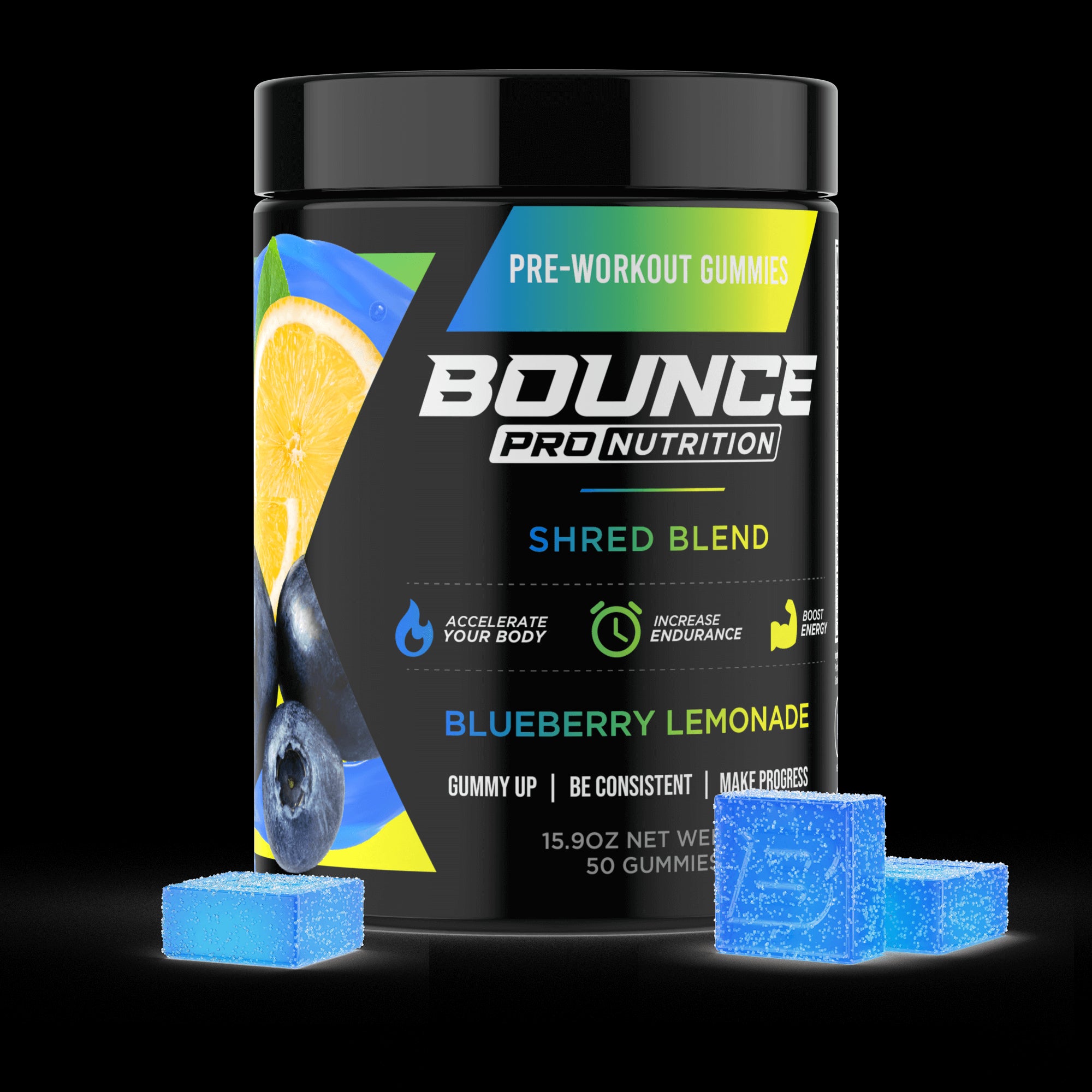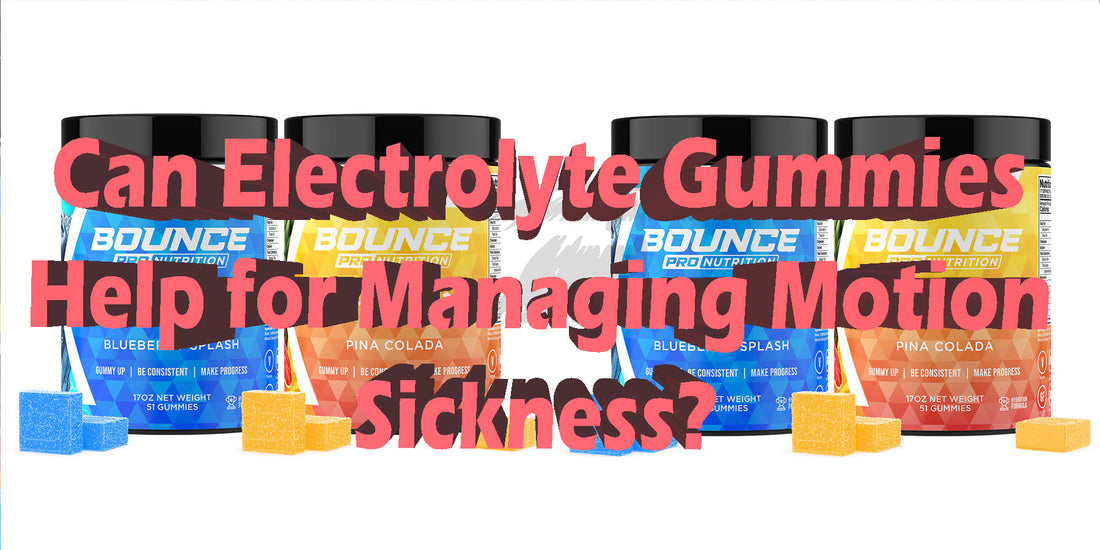The spirit of adventure is often sparked by the promise of movement, whether it is the gentle rocking of a boat on shimmering water, the winding journey of a car through scenic mountain passes, or the exhilarating ascent of an airplane into the clouds. We travel to see, to learn, and to feel alive, yet for a significant portion of the population, this very movement triggers a deeply unpleasant internal turmoil.
Motion sickness, in its many forms, can cast a green-tinged pall over the most exciting of journeys, transforming anticipation into anxiety and joy into misery. For generations, sufferers have sought relief in everything from staring at the horizon to medications and wristbands, all in an effort to quell the queasy rebellion within. In the ongoing search for supportive measures, a simple and palatable tool from the world of nutrition has emerged, raising an interesting question about how we manage not the cause, but the consequences of this disorienting condition.
TO BUY ELECTROLYTE GUMMIES CLICK HERE
What is Motion Sickness?
Motion sickness is a common and deeply unsettling condition that affects the central nervous system in response to real or perceived movement. At its core, it is not a stomach ailment or a psychological weakness but rather a fascinating and frustrating case of crossed wires within the brain. The prevailing scientific explanation is known as the sensory conflict theory, or neural mismatch. This theory posits that motion sickness occurs when the brain receives contradictory information from the body's primary motion-sensing systems: the eyes, the inner ear (specifically the vestibular system), and the network of sensory nerves in our muscles and joints (proprioception).
When what you are seeing does not align with what your inner ear is feeling, the brain becomes confused. This conflict is interpreted as a state of disharmony, and the brain, in its confusion, triggers a cascade of stress responses that we experience as the miserable symptoms of motion sickness.
To understand this sensory conflict, it is essential to appreciate the role of the vestibular system, located in the inner ear. This intricate system is our body's gyroscope, responsible for detecting motion, spatial orientation, and maintaining our sense of balance. It contains structures that sense both rotational movements (like turning your head) and linear acceleration (like moving forward in a car or up in an elevator).
When you are sitting in the cabin of a boat during a storm, your eyes see a stable, unmoving room, but your vestibular system feels the intense pitching and rolling of the waves. This direct conflict—eyes saying "still," inner ear screaming "moving"—sends confusing signals to the brainstem. The brain, unable to reconcile this conflicting data, defaults to a primitive response pathway that is thought to have evolved as a defense mechanism against neurotoxins (as poison often causes a similar sensory disconnect), leading to the characteristic nausea and vomiting designed to purge the supposed toxin.
The phenomenon of motion sickness is not a monolith; it is a broad term that encompasses a variety of specific conditions, each defined by the environment that triggers the sensory conflict. While the underlying mechanism of neural mismatch remains the same, the specific nature of the conflicting signals differs in each scenario:
-
Seasickness: This is the classic form of motion sickness experienced on boats and ships. It is caused by the conflict between seeing a relatively stable environment inside the vessel while the vestibular system detects the constant, often unpredictable, multi-directional motion of the water.
-
Carsickness: A very common affliction, particularly for passengers, carsickness is a classic example of sensory conflict. It frequently occurs when a passenger's eyes are focused on a stationary object inside the car, such as a book, phone, or tablet. This sends a signal to the brain that the environment is still. However, the vestibular system in the inner ear accurately detects the vehicle's every movement—acceleration, braking, and cornering. This clash between the visual input of stillness and the vestibular input of motion creates the neural mismatch that triggers nausea. This is precisely why drivers are far less likely to experience carsickness; their eyes are focused on the road ahead, anticipating every turn and stop, which allows their visual and vestibular inputs to remain synchronized.
-
Trucksickness: While mechanically similar to carsickness, trucksickness is often distinguished by the unique and more intense motions produced by trucks. Vehicles like pickup trucks, commercial trucks, or even larger SUVs often have a stiffer suspension and a higher center of gravity than a standard passenger car. This results in a ride that can be bouncier, with more pronounced swaying and side-to-side rolling motions. This type of jarring, multi-axial movement provides a more complex and aggressive stimulation to the inner ear. For a susceptible passenger, this can create an even more significant and difficult-to-resolve sensory conflict, potentially leading to a more rapid or severe onset of symptoms than they might experience in a smoother-riding vehicle.
-
Airsickness: Experienced in airplanes, this is often triggered by turbulence. During a smooth flight, the sensory inputs are generally aligned, but sudden drops, lifts, or banking during turbulence create a powerful sensation of movement that may not be matched by visual cues inside the cabin, leading to sensory conflict.
-
Simulator Sickness or Virtual Reality (VR) Sickness: This is a modern and increasingly common form of the condition. In this case, the conflict is reversed. The eyes are perceiving intense, high-speed motion from a video game or VR simulation, but the body and vestibular system are completely stationary. The brain receives powerful visual signals of movement with a complete absence of corresponding physical sensation, triggering profound disorientation and nausea.
-
Visually Induced Motion Sickness: This can occur even without a VR headset. Watching a fast-paced action movie filmed with a shaky camera on a large screen or even observing certain optical illusions can sometimes be enough to trigger symptoms. The eyes perceive motion, but the body feels none, creating the neural mismatch necessary to induce the condition.
The susceptibility to motion sickness is a highly individual trait, with some people able to read a book on a rollercoaster while others feel queasy on a gentle swing. A number of factors contribute to why one person might be particularly prone to this sensory disruption while another remains entirely unaffected:
-
Age: Children between the ages of 2 and 12 are notoriously susceptible to motion sickness. This is thought to be because their central nervous systems are still developing and have not yet fully learned to process and reconcile conflicting sensory inputs. Susceptibility often decreases in adulthood, though it can sometimes increase again in the elderly.
-
Genetics: There is a clear hereditary component to motion sickness. If one or both of your parents were prone to the condition, you have a significantly higher chance of experiencing it yourself, suggesting a genetic influence on the structure or function of the vestibular system or the brain's processing centers.
-
Hormonal Fluctuations: Women are generally more likely to report motion sickness than men. This susceptibility can increase during certain points in the menstrual cycle, during pregnancy, and when using hormonal contraception, suggesting that hormones like estrogen can influence the sensitivity of the nervous system to sensory conflict.
-
Inner Ear Health: Any condition that affects the vestibular system, such as an inner ear infection or Meniere's disease, can dramatically increase the risk and severity of motion sickness.
-
Anxiety and Expectation: Psychological factors play a significant role. If you have had a bad experience with motion sickness in the past, the anxiety and expectation of it happening again can actually make you more susceptible, creating a self-fulfilling prophecy.
-
Migraines: Individuals who suffer from migraines, particularly vestibular migraines, have a much higher incidence of motion sickness, indicating a shared underlying pathway related to sensory processing in the brain.
The symptoms of motion sickness can range from a mild background annoyance to a completely incapacitating illness. They typically begin subtly and build in intensity if the motion continues. Recognizing the early warning signs is key to taking mitigating action before the condition becomes overwhelming:
-
Mild Symptoms:
-
A general feeling of unease or malaise, often described as feeling "off."
-
Frequent yawning and a feeling of drowsiness or lethargy.
-
A slight feeling of stomach awareness or a "hollow" sensation.
-
Increased salivation.
-
Moderate Symptoms:
-
The onset of definite, undeniable nausea.
-
The development of a "cold sweat," where the skin becomes pale, clammy, and cool to the touch.
-
Mild to moderate headache and feelings of dizziness or lightheadedness.
-
A general feeling of weakness and apathy.
-
Hyperventilation or shallow, rapid breathing.
-
Severe Symptoms:
-
Intense, persistent nausea followed by retching and vomiting.
-
Significant disorientation and difficulty concentrating.
-
In extreme cases, the vomiting can be so persistent that it leads to dehydration and exhaustion, rendering the person completely incapacitated until the motion stops.
For those prone to motion sickness, a variety of strategies and treatments are available to prevent or lessen the symptoms. Behavioral modifications are the first line of defense: in a car or boat, focusing on a stable point on the horizon helps the eyes and inner ear to agree on the state of motion. Ensuring a source of fresh, cool air can also be remarkably helpful.
Over-the-counter medications are a popular choice, with antihistamines like dimenhydrinate (Dramamine) and meclizine (Bonine) being the most common. These work by blocking signals in the brain that trigger nausea and vomiting. For more severe cases, a prescription scopolamine patch, worn behind the ear, can be very effective by blocking confusing nerve signals between the vestibular system and the brain. Additionally, many people find relief from alternative methods such as ginger, which is well-known for its anti-nausea properties, and acupressure wristbands that apply pressure to a specific point on the wrist.
Everything You Gotta Know About Electrolytes and Their Connection with Those Who Have Motion Sickness
When we think about motion sickness, our focus is naturally drawn to the brain and the inner ear—the site of the sensory conflict. The role of electrolytes in this scenario is not to intervene in this neurological dispute. Electrolytes cannot stop your eyes and inner ear from arguing. Instead, their connection is to the physiological fallout of the symptoms, particularly the most severe ones.
The true relevance of electrolytes emerges when motion sickness progresses to the point of vomiting. At this stage, the body is subjected to a new and separate crisis: acute fluid and electrolyte loss. Managing this secondary crisis is crucial for recovery and for mitigating the overall misery of the experience. A body that is well-hydrated and electrolytically balanced is simply more resilient and better able to recover from the ordeal.
The most dramatic and immediate consequence of severe motion sickness is vomiting. While this is a reflexive action designed to protect the body, it results in the rapid and forceful expulsion of stomach contents, which include not only the food and liquid you've recently consumed but also a rich cocktail of essential bodily fluids. Stomach acid, for instance, is rich in chloride.
The fluid that is lost is also replete with water and crucial minerals like sodium and potassium. A single episode of vomiting can significantly disrupt your body's carefully maintained fluid and electrolyte balance. Multiple episodes can quickly lead to a state of clinical dehydration, a condition which brings its own debilitating set of symptoms that are then layered on top of the already miserable feelings of motion sickness.
This fluid and mineral loss can create a pernicious vicious cycle. The initial symptoms of motion sickness make you feel unwell. If this progresses to vomiting, you become dehydrated and your electrolyte levels fall. Dehydration itself causes headache, dizziness, fatigue, and weakness. These symptoms are remarkably similar to the symptoms of motion sickness, and their onset can compound the original feelings of nausea and disorientation, making you feel exponentially worse.
A headache from dehydration feels just as bad as a headache from the sensory conflict. This cycle can be difficult to break, as feeling sick makes it hard to rehydrate, and being dehydrated makes you feel sicker. It is a downward spiral that can prolong the recovery period long after the provocative motion has stopped.
Breaking down the roles of specific electrolytes reveals why their loss is so impactful. Sodium (Na+) and chloride (Cl−) are the primary electrolytes found in the fluid outside of our cells and are the main regulators of the body's total water balance. When you lose them through vomiting, your body's ability to retain the water you drink is compromised. Furthermore, chloride is the essential building block of hydrochloric acid (HCl), the main component of stomach acid.
While it may seem counterintuitive to worry about replenishing a component of stomach acid when you feel nauseous, maintaining the right chemical environment in the stomach is crucial for quelling nausea and returning to normal digestive function once the motion stops. Severe chloride loss can disrupt this balance and prolong feelings of gastric distress.
Potassium (K+) and magnesium (Mg2+) are the dominant electrolytes inside our cells and are vital for nerve and muscle function. Potassium is particularly crucial for maintaining the proper electrical rhythm of the heart and for preventing muscle weakness and fatigue. The lethargy and profound weakness experienced during a severe bout of motion sickness can be significantly worsened by the depletion of potassium stores.
Magnesium, often called the "calming mineral," plays a key role in over 300 enzymatic reactions and is essential for nerve transmission and muscle relaxation. The stress and anxiety of feeling intensely sick can deplete magnesium levels, and a deficiency can, in turn, exacerbate feelings of anxiety and prevent muscles from relaxing, contributing to the overall sense of physical tension and discomfort that accompanies a bout of motion sickness.
Even in cases where motion sickness does not lead to vomiting, a slower but steady loss of fluids and electrolytes still occurs. One of the hallmark symptoms of moderate motion sickness is the "cold sweat." This stress-induced perspiration is your body's reaction to the internal alarm bells, and while it may not be as drenching as exercise-induced sweat, it still results in the loss of water and sodium.
Furthermore, the anxiety and discomfort associated with motion sickness often lead to an increased breathing rate. With each exhalation, you expel moisture from your body. Over the course of a long, queasy car ride or flight, this insensible fluid loss through sweat and respiration can be significant, contributing to a state of low-grade dehydration that can still leave you feeling drained, headachy, and fatigued upon arrival.
In this context, electrolyte replenishment should be viewed as a critical recovery and support tool. It is not a preventative measure for the sensory conflict, but a damage control strategy for its consequences. By actively replacing the water and essential minerals lost through vomiting or sweating, you are directly addressing the secondary crisis of dehydration.
This can help to break the vicious cycle where dehydration symptoms compound the misery of motion sickness. It provides your body with the fundamental resources it needs to restore normal cellular function, clear the "brain fog," alleviate muscle weakness, and ultimately, bounce back much more quickly once you are back on solid, unmoving ground. It is about treating the whole physiological event, not just the initial trigger.
Electrolyte Gummies 101
In the vast marketplace of nutritional supplements, the electrolyte gummy has carved out a unique niche as a powerhouse of convenient, palatable replenishment. Conceived in the demanding realm of endurance sports, where replacing minerals lost to sweat is paramount, these chewable aids have found a much wider application. For anyone who has ever felt the debilitating queasiness of motion sickness, the prospect of drinking a large volume of liquid can be daunting.
The electrolyte gummy offers a brilliantly simple alternative, concentrating the science of hydration support into a small, solid, easy-to-stomach format. It is an innovation that is particularly well-suited for travelers, transforming a critical aspect of recovery into a simple, mess-free, and even pleasant task.
The creation of a high-quality electrolyte gummy is a sophisticated process that merges the principles of food science with the precision of nutritional formulation. The objective is to craft a product that is not only effective in delivering its mineral payload but also possesses a taste and texture that make it appealing to consume, especially when feeling unwell. While specific techniques and recipes are often proprietary, the journey from raw powders and liquids to a finished, shelf-stable gummy follows a consistent and carefully controlled set of steps:
-
Formulation and Precise Blending: It all begins with the meticulous weighing and combining of ingredients. A liquid foundation, usually composed of purified water and often enhanced with fruit juice concentrates for natural flavor, is prepared. Into this base, a gelling agent is incorporated. The most common choice is gelatin, an animal-derived protein that provides a classic, satisfying chew. For vegan formulations, pectin, a plant-based fiber naturally found in fruits, is used to achieve a similar, though slightly different, texture. Sweeteners are then added to counteract the natural saltiness of the electrolytes; these can range from sugars like glucose and sucrose to sugar-free alternatives like stevia, monk fruit, or sugar alcohols. The most crucial part of this stage is the complete and uniform dispersion of the electrolyte blend—containing measured doses of sodium chloride, potassium citrate, magnesium citrate, and other minerals—into the liquid slurry to ensure every gummy has a consistent nutritional profile.
-
Controlled Cooking: The blended slurry is then transferred to a cooking vessel and heated to an exact temperature. This cooking phase is critical for several reasons. It ensures all solid components are fully dissolved, creating a homogenous liquid. It activates the gelling potential of the gelatin or pectin, which is essential for the gummy's final structure. It also serves as a pasteurization step, ensuring the product is safe and shelf-stable. The process is a delicate balance; undercooking leads to a soft, unset product, while overcooking can result in a gummy that is overly hard and can degrade some of the ingredients.
-
Molding and Depositing: Once the hot, liquid gummy mass has reached the perfect viscosity and temperature, it is quickly deposited into molds before it can begin to set. In large-scale manufacturing, this is done by a high-speed depositor that injects precise amounts of the liquid into vast trays filled with thousands of cornstarch molds. The cornstarch helps form the shape and absorbs a slight amount of moisture to aid the curing process. For smaller batches or DIY versions, silicone molds are the standard.
-
Curing and Solidification: After being molded, the gummies are placed in a climate-controlled room to cure. This is a patient process, sometimes taking 24 hours or more, where the gelling agent's molecular structure organizes into a stable, three-dimensional matrix. This matrix traps the water, flavor, and electrolyte molecules, solidifying the liquid into its familiar chewy form. The precise control of temperature and humidity during curing is what guarantees a consistent texture from batch to batch.
-
Finishing, Coating, and Packaging: Once fully cured, the gummies are removed from their molds. They are often tumbled in a light coating of food-grade oil or carnauba wax, which prevents them from sticking together and gives them an attractive, glossy appearance. After a final quality inspection, the gummies are packaged into airtight containers or convenient single-serving packets, making them ready for any journey.
The electrolyte gummies market has blossomed, offering a wide spectrum of options that can be tailored to the needs of different individuals, including those dealing with motion sickness. The most significant variations are found in the formulations themselves. Some gummies are designed with athletes in mind and may have higher sugar content for quick energy, which might be desirable for some, but not all, motion sickness sufferers. Other formulas focus on clean ingredients, using natural fruit flavors and colorings and avoiding artificial additives.
Crucially for this context, some innovative brands have begun to incorporate ingredients known for their anti-nausea properties, such as concentrated ginger extract or Vitamin B6, creating a dual-action gummy that aims to both replenish electrolytes and soothe the stomach. The availability of different flavor profiles, from sweet to tart, also allows an individual to choose what they find most palatable when feeling queasy.
The primary effect of consuming electrolyte gummies in the context of motion sickness is directly related to recovery and symptom management. When vomiting occurs, the body is robbed of fluids and essential minerals. The gummies provide a concentrated and easy-to-digest source of these lost electrolytes. Replenishing sodium, potassium, and chloride helps the body to restore its normal fluid balance, combating the dehydrating effects of the illness. T
his, in turn, can alleviate the secondary symptoms of dehydration, such as headache, dizziness, and fatigue, which often make the entire experience of motion sickness feel much worse. By supporting the body's fundamental hydration status, the gummies help to create a better internal environment for a faster and more comfortable recovery once the motion has ceased.
So, Why Should People Who Get Motion Sickness Reach for Electrolyte Gummies?
When the world starts to tilt and that first wave of nausea washes over you, the thought of eating or drinking anything can be intensely unappealing. This is the central dilemma for a motion sickness sufferer: your body is in distress and may soon be losing vital fluids and minerals, yet the very idea of replenishment is nauseating. Electrolyte gummies present a uniquely practical solution to this problem.
They are not a primary treatment for the neurological cause of motion sickness, but rather a strategic tool for managing the physical consequences and supporting your body through the ordeal. Reaching for a gummy is about making recovery less daunting and providing your system with the resources it needs in a format it is more likely to accept:
-
A Gentle Option for a Sensitive Stomach: This is perhaps the most compelling reason to choose a gummy. When you are feeling nauseous, trying to drink a full glass of water or a salty sports drink can feel like an impossible task, potentially triggering the very vomiting you are trying to avoid. A small, chewy gummy is a far less intimidating proposition. It represents a very small volume of material that can be consumed slowly. This gentle introduction of flavor and substance can be much easier for a sensitive stomach to handle. The act of chewing itself can also be a mild distraction, and for many, a small bit of sweetness can help to counteract the unpleasant taste and sensations associated with nausea, making the gummy a palatable first step toward rehydration and recovery.
-
Efficiently Replenishing What Vomiting Takes Away: If motion sickness does progress to the point of vomiting, the immediate loss of fluids and electrolytes is significant. Electrolyte gummies are specifically designed to replace these essential minerals—sodium, potassium, chloride, and magnesium—in a concentrated form. Restoring these electrolytes is crucial for breaking the vicious cycle where dehydration leads to worsening symptoms like headaches and fatigue. A gummy provides a pre-measured, precise dose of these minerals, offering a much more effective replenishment strategy than simply drinking plain water, which lacks the electrolytes needed for proper absorption and fluid balance. It is a direct and efficient tool for damage control.
-
Combating the Secondary Symptoms of Dehydration: The misery of motion sickness is often compounded by the symptoms of dehydration that follow. The headache, dizziness, weakness, and "brain fog" that can linger long after the motion stops are frequently due as much to fluid and electrolyte loss as to the original sensory conflict. By using electrolyte gummies to facilitate hydration, you are actively working to prevent or alleviate these secondary symptoms. This can dramatically improve your overall experience and shorten your recovery time. Instead of feeling wiped out for hours after a boat trip or car ride, you can help your body bounce back more quickly by addressing the dehydration component of the illness.
-
Unmatched Portability and Ease of Use: Motion sickness can strike anywhere—in a car, on a plane, at an amusement park, or out on the water. Electrolyte gummies are the epitome of portability. They are lightweight, require no mixing, are not subject to liquid restrictions in carry-on luggage, and are durable enough to be tossed in a purse, backpack, or glove compartment. This means you can have a supportive tool on hand at all times, ready to be used at the first sign of trouble. This accessibility is key, as managing motion sickness is often about taking small, supportive actions as early as possible.
-
Providing a Small Burst of Palatable Energy: When you are in the throes of motion sickness, eating a proper meal is usually out of the question. This can lead to low blood sugar, which can exacerbate feelings of weakness and fatigue. Many electrolyte gummies contain a small amount of simple sugar (glucose), which the body can absorb quickly. This can provide a small but welcome burst of energy, helping to combat the lethargy associated with the condition. For someone who feels too ill to eat anything else, a gummy can be a valuable source of calories and electrolytes, providing dual support in a single, easy-to-consume package.
-
Potential for Added Nausea-Soothing Ingredients: The market for wellness gummies is innovative, and some manufacturers have created formulations specifically with nausea in mind. It is possible to find electrolyte gummies that are fortified with concentrated ginger extract or Vitamin B6 (pyridoxine). Both of these ingredients have a long history and a significant body of scientific evidence supporting their use in reducing feelings of nausea. Choosing a gummy with these added ingredients offers a multi-pronged approach: you are not only addressing the need for electrolyte replenishment but also consuming a known, natural anti-nausea agent, potentially providing a greater overall soothing effect.
What Else Should Those Who Get Motion Sickness Know About Electrolyte Gummies?
While electrolyte gummies can be a genuinely helpful addition to a motion sickness survival kit, it is crucial to approach them with a realistic understanding of their role. They are a supportive measure, not a silver bullet. Viewing them as one component of a comprehensive strategy for managing motion sickness is the key to using them effectively and safely.
Over-reliance on any single tool, especially a nutritional one, can lead to disappointment or, worse, neglect of more definitive treatments. Before you stock up for your next trip, it is vital to internalize the following points to ensure you’re using them in the most intelligent and beneficial way:
-
They DO NOT Treat the Root Cause of Motion Sickness: This is the most critical distinction to make. Motion sickness is a neurological issue caused by a conflict between your sensory systems. An electrolyte gummy has no effect on your vestibular system or the way your brain processes motion. It cannot prevent the sensory conflict from occurring. Its benefits are realized in managing the consequences of the symptoms, primarily by aiding recovery from the dehydration and mineral loss caused by vomiting and sweating. Think of them as a tool for the aftermath, not a shield against the initial onset. Do not forego proven preventative measures like medication with the belief that a gummy will stop you from feeling sick in the first place.
-
They Are Not a Replacement for Proven Medication: For individuals who suffer from moderate to severe motion sickness, electrolyte gummies should be considered a complementary therapy, not an alternative to medication. Drugs like dimenhydrinate, meclizine, and scopolamine are designed to work on the neurological pathways that cause nausea and have a much more direct and powerful preventative effect. The most effective strategy for a severe sufferer is to use medication as the primary line of defense to prevent the illness from starting, and to have electrolyte gummies on hand as a recovery tool in case some symptoms break through or to aid hydration throughout the journey.
-
Timing and Context are Key to Their Usefulness: The best time to use an electrolyte gummy for motion sickness is either during a long, queasy journey to support ongoing hydration or, most importantly, after an episode of vomiting to begin the recovery process. Taking one preventatively before travel is unlikely to stop motion sickness from occurring, though it will contribute to good baseline hydration, which is always beneficial. When you are feeling actively nauseous, it is best to start small. Take a small bite of a gummy and wait to see how your stomach reacts before consuming the whole thing. The goal is gentle support, not overwhelming a system that is already in distress.
-
Flavor and Formulation Matter Greatly: When your stomach is feeling sensitive, strong or unusual flavors can be a major deterrent. A super-sour or intensely artificial-tasting electrolyte gummy might actually worsen feelings of nausea for some people. It is often wise to choose gummies with milder, more natural fruit flavors. As mentioned previously, seeking out formulations that include added ginger or Vitamin B6 can be a smart move, as these ingredients are specifically targeted at soothing nausea. It's advisable to try a few different brands and flavors at home, when you are feeling well, to see what you find most palatable before relying on them during a trip.
-
They Are Just One Piece of a Holistic Management Strategy: The most successful approach to managing motion sickness involves attacking the problem from multiple angles. This includes behavioral strategies (sitting in the front seat of a car, looking at the horizon, getting fresh air), using preventative medications or therapies if necessary, staying away from greasy, heavy foods before travel, and ensuring you are well-rested. Electrolyte gummies fit into this strategy as the tool specifically responsible for managing hydration and mineral balance. When used in conjunction with these other proven techniques, their supportive effect is maximized, contributing to a more comfortable and resilient travel experience.
Charting a Smoother Course
The human desire to explore will always compel us to set sail, take flight, and hit the open road, and for many, the shadow of motion sickness will travel alongside. The challenge is not to eliminate motion itself, but to find a better harmony between our bodies and the journey.
While we may not have a perfect cure for the sensory confusion that lies at the heart of the condition, we can become masters of managing its effects. By integrating smart, supportive tools like electrolyte gummies into our travel rituals, we address the physical toll of the experience, helping our bodies recover faster and with greater ease. This is a strategy of resilience, allowing us to focus less on the turmoil within and more on the wonder of the world unfolding before us.
TO BUY ELECTROLYTE GUMMIES CLICK HERE

